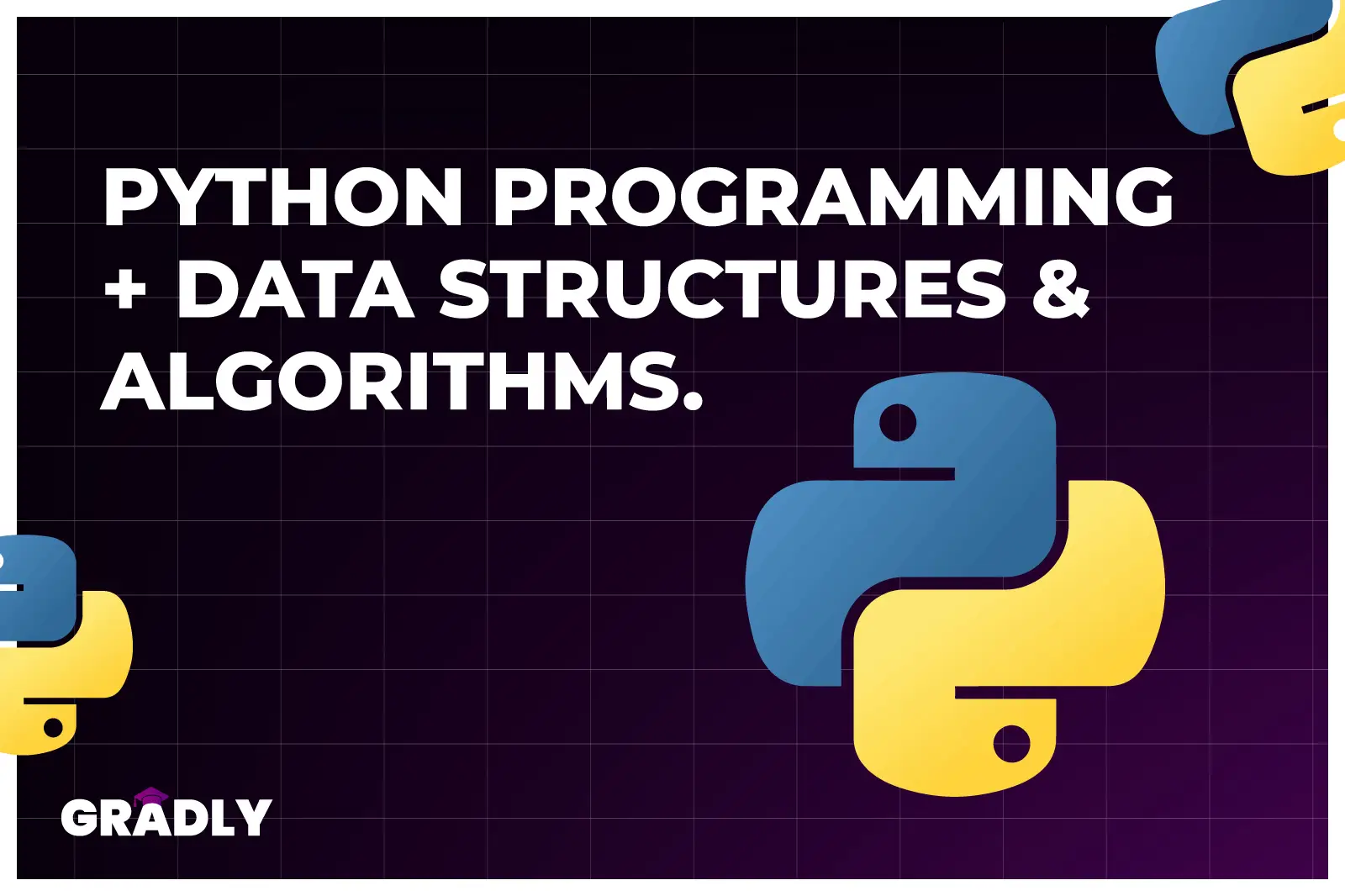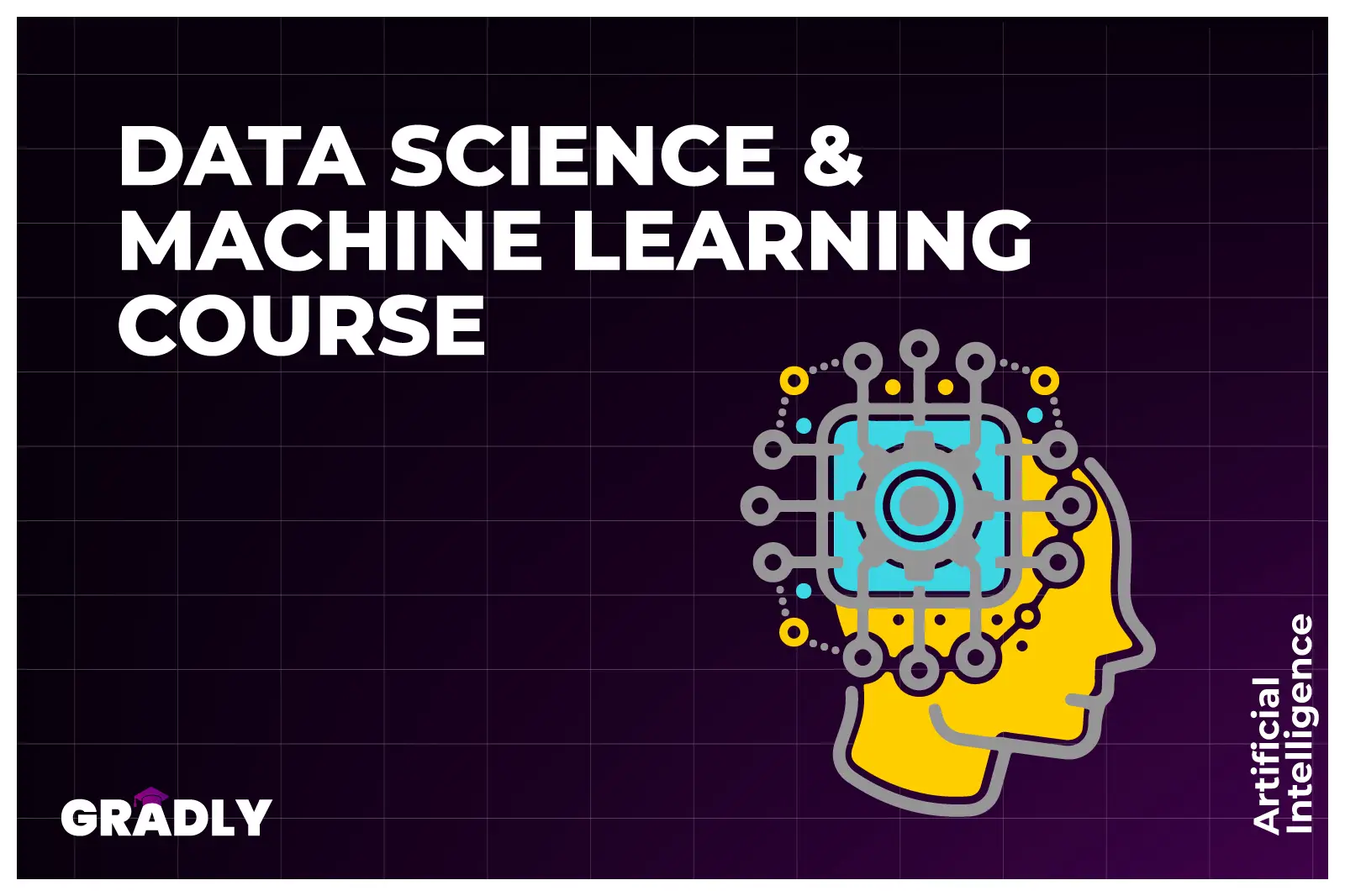Data Analytics
Summer Internship Program
★★★★★ 4.7/5
- 246+ Students
- Online Live Training
Gradly's Summer Internship Program in Data Analytics
Gradly is excited to announce our comprehensive Summer Internship Training Program in Data Analytics, designed specifically for students eager to dive into the world of data. This program offers a unique opportunity to gain practical experience, build essential skills, and work on real-world projects under the guidance of industry experts.

Key Points
- The program covers the entire data analytics lifecycle, including data collection, cleaning, analysis, visualization, and basic machine learning.
- Participants will gain practical experience through live interactive sessions, hands-on workshops, regular assignments, and a final capstone project.
- Students will receive guidance and support from experienced industry professionals throughout the program.
- The program is delivered online, making it accessible to students from various locations, with live sessions and recorded lectures for flexible learning.
- Upon successful completion, participants will receive a certificate and digital badges, enhancing their resume and career prospects.
- The program equips students with in-demand data analytics skills, preparing them for successful careers in this rapidly growing field.
Training Modules
- Overview of Data Analytics: Understand the fundamentals of data analytics, its significance, and its role in various industries. Learn about the data analytics lifecycle, including data collection, processing, analysis, and decision-making.
- Applications of Data Analytics: Explore how data analytics is applied across different domains such as finance, healthcare, marketing, and technology. Case studies and real-world examples will be discussed to illustrate its impact.
- Data Collection Methods: Learn about various data sources and collection methods, including surveys, web scraping, APIs, and databases. Understand the importance of data quality and how to ensure accurate data collection.
- Data Cleaning Techniques: Master the techniques for cleaning and preprocessing data to ensure it is ready for analysis. Topics include handling missing values, correcting inconsistencies, and transforming data into a usable format using tools like Python (pandas) and R.
- Introduction to Python and R: Get hands-on experience with Python and R, the two most popular programming languages for data analysis. Learn the basics of syntax, data structures, and libraries essential for data analytics.
- SQL for Data Management: Understand how to use SQL to manage and query databases. Practice writing queries to extract, filter, and manipulate data from relational databases.
- Jupyter Notebooks and RStudio: Learn to use Jupyter Notebooks and RStudio for data analysis, documentation, and visualization. These tools will be used extensively throughout the program for assignments and projects.
- Descriptive Statistics: Learn to summarize and describe the main features of a dataset using measures such as mean, median, mode, standard deviation, and variance.
- Inferential Statistics: Understand how to make predictions or inferences about a population based on a sample of data. Topics include probability distributions, confidence intervals, and hypothesis testing.
- Hypothesis Testing: Learn the process of hypothesis testing, including formulating hypotheses, selecting appropriate tests (e.g., t-tests, chi-square tests), and interpreting the results.
- Visualization Principles: Understand the principles of effective data visualization, including the importance of clarity, simplicity, and storytelling.
- Tools for Visualization: Gain proficiency in using data visualization tools such as Tableau and PowerBI, as well as libraries in Python (Matplotlib, Seaborn) and R (ggplot2).
- Creating Visualizations: Practice creating various types of visualizations, including bar charts, line charts, scatter plots, and heatmaps. Learn how to choose the right visualization for different types of data and analysis.
- Introduction to Machine Learning: Get an overview of machine learning concepts, including supervised and unsupervised learning. Understand how machine learning algorithms can be used to make predictions and uncover patterns in data.
- Supervised Learning: Learn about basic supervised learning algorithms such as linear regression, logistic regression, and k-nearest neighbors (KNN). Understand how these models work, how to train them, and how to evaluate their performance.
- Unsupervised Learning: Explore unsupervised learning techniques such as clustering (k-means) and dimensionality reduction (PCA). Understand their applications and how to implement them.
- Project Planning: Start by defining the scope and objectives of the capstone project. Identify a real-world problem, gather and clean the necessary data, and outline the analysis plan.
- Data Analysis and Visualization: Apply the skills learned throughout the program to analyze the data. Use statistical methods and machine learning models to draw insights and make predictions. Create compelling visualizations to present your findings.
- Presentation and Reporting: Compile your analysis and results into a comprehensive report. Present your project to peers, mentors, and industry experts, demonstrating your ability to tackle real-world data analytics challenges.





